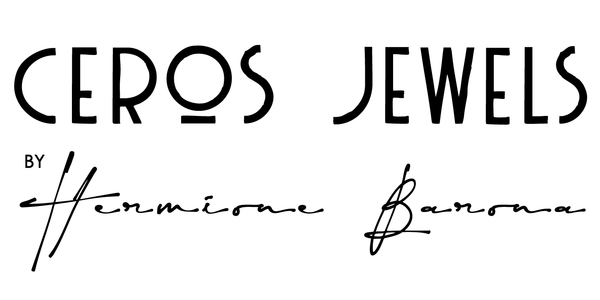The cut of a gemstone is not just its shape—it is the language with which a stone speaks to light. Every angle, every facet, and the symmetry of the cut influence brilliance and the gem’s unique character. From classic to contemporary, different styles reveal different faces of the same stone.
Key Cuts
- Round Brilliant: The classic circular cut designed for maximum sparkle.
- Princess: Square to slightly rectangular with sharp corners and strong brilliance; a modern favorite.
- Emerald (Step Cut): Emphasizes clarity and depth, creating a calm, luxurious look.
- Asscher: Square step cut with striking symmetry—iconic Art-Deco geometry.
- Cushion: Rectangular with rounded corners; vintage charm with notable fire.
- Oval: Elongated brilliance with an elegant character.
- Marquise: Elongated with pointed ends—dramatic length and refinement.
- Pear (Teardrop): A blend of oval grace and a single point; ideal for pendants.
- Heart: The most romantic cut, requiring precise symmetry.
- Trillion (Trilliant): Triangular, typically 31–50 facets; bold sparkle for modern designs.
- Rose Cut: Vintage cut with a flat base and domed, faceted top—reminiscent of a rosebud.
- Baguette Cut: Rectangular, straight lines and right angles; favors clarity and elegance over brilliance.
- Tapered Baguette: A baguette that narrows to one end (trapezoid shape); step cut that draws the eye toward the center stone.
- Lozenge Cut: Rhombus (diamond) shape; rare and collectible, celebrated for crisp geometry.

The same gemstone can look entirely different depending on its cut. The cut determines how intensely it reflects light, the sense of clarity and depth it conveys, and the overall aesthetic and style it communicates. Choosing a cut is not merely technical—it is symbolic, as each cut carries its own story and personality.
